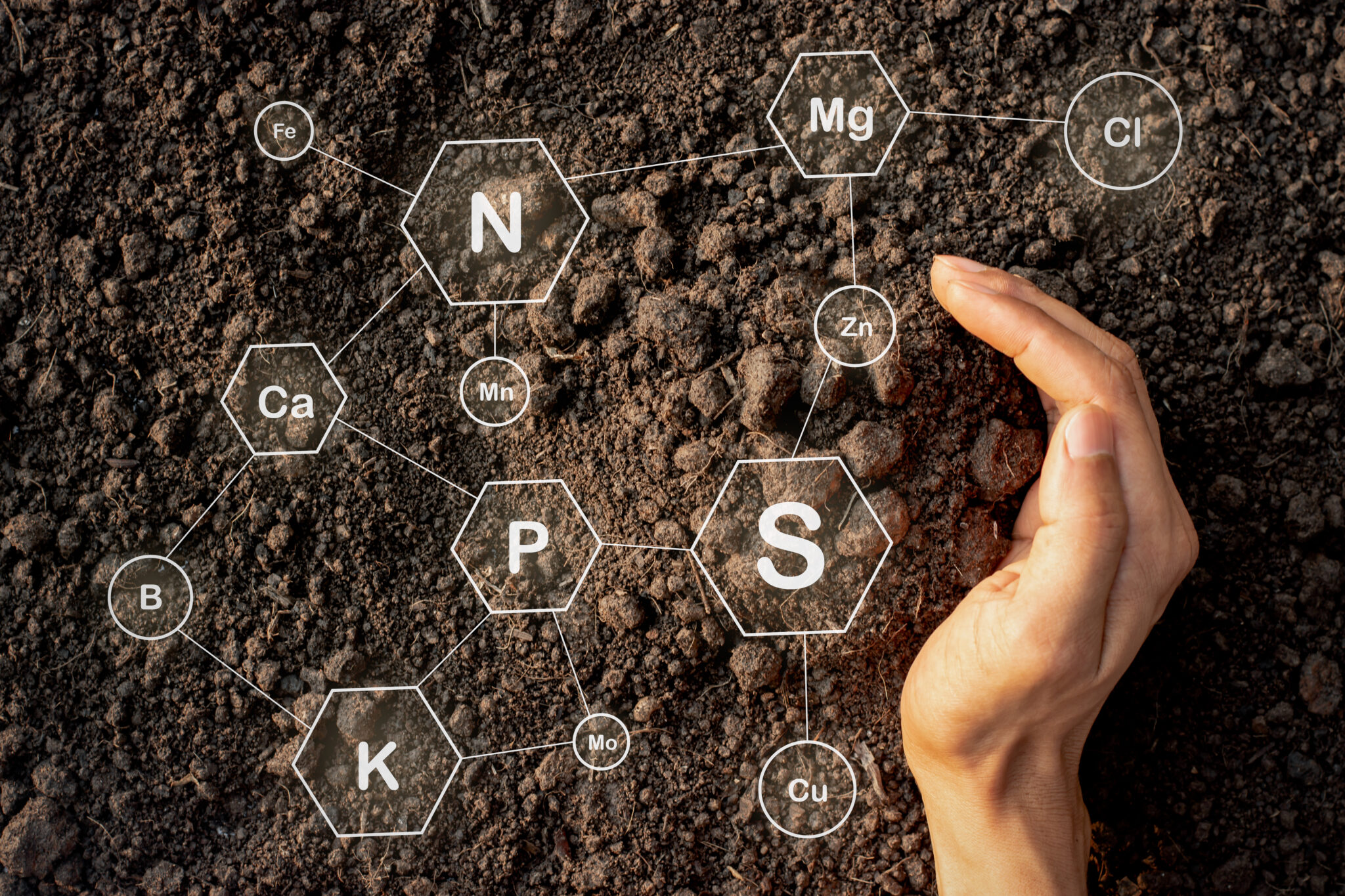Checking salinity levels in orchard soils or residual fertility at the end of the growing season are two of the main reasons for conducting soil analysis in a mature tree nut orchard.
Tree nut orchards are ideally planted in deep, uniform loam soils that provide an optimal combination of permeability, water retention and root zone aeration. Expansion of tree nut production into areas with marginal soil quality makes soil sampling an important tool for assessing soil properties.
Sample Timing
In tree nut orchards, soil sampling for salinity should be conducted after the final irrigation of the season. This sample can determine any potential issues with sodium, chloride or boron. These salts can build up in the soil from fertilizers or low-quality irrigation water.
Ben Wardell of Fruit Growers Lab said salinity management is the primary reason for soil sampling in tree nut orchards. The optimal time for determining the salinity levels of orchard soil is postharvest, especially after rainfall as that can indicate a need for additional leaching to push accumulated salts below the root zone. In orchards with marginal water quality or sub-optimal drainage, more frequent soil sampling may be necessary to monitor for salinity increases.
Sampling soils for nutrient levels can be done at any time during the year, but is generally done prior to leaf-out and can guide decisions on fertility management.
For soil nitrate analyses, samples should be taken in spring before the high nitrogen uptake by the trees. Samples also should be taken prior to fertilizer applications.
The timing for making that decision, Wardell added, is usually related to why sampling is indicated.
Besides salinity levels, soil sampling can provide soil pH, texture, and nutrient concentrations. Another diagnostic tool for tree nut orchards, tissue sampling, is used to detect deficiencies in tree nutrient status.
“Typically, in sampling soil in an almond orchard postharvest, we can learn if the potassium levels are low or if the salinity levels are creeping up,” Wardell said. “This allows the grower to band some potassium or put some gypsum down before it rains. Soil analysis is one tool that can be used to determine the appropriate rates of application. A follow up sample can be done to ensure that any salinity issue is resolved.”
Depth of the soil sample is one of the most important steps in the process. Wardell said the most common depth is a sample pulled to a depth of 18 to 24 inches, which is the effective root zone.
The sample should also be pulled from an area that is wetted by the irrigation system. When managing salinity, a second sample should be collected from a depth of 18 to 39 inches.
Sampling Protocol
Protocol for soil sampling in a mature orchard in the Central Valley is to divide the orchard into blocks based on soil type. Unless soil maps show wide variability in the soil types across the orchard block, 20 acres is the average sample size, Wardell said.
CDFA’s Fertilizer Research and Education Program (FREP) notes that even when a field or orchard appears to have a uniform soil type, it is worth dividing the orchard into several blocks which are sampled and analyzed separately. They can be divided according to soil survey data, slope, crop history, variety, rootstock, age or irrigation method.
The person taking the samples walks a random pattern and takes multiple core samples. The 20 to 25 cores taken are mixed in a bucket and a ‘sub sample’ is pulled from the mixture for lab analysis. FREP recommends putting a quart of soil in a clean bag and labeling according to laboratory instructions. To receive accurate fertilizer recommendations, the sample information sheet needs to be completed and returned to the lab with the sample.
Soil sampling is always recommended prior to planting trees. Wardell said that if any major changes are necessary, they are easier to make on bare ground. A more comprehensive soil survey can be done with a backhoe to obtain a good look at the soil profile.
When soil survey data suggests possible physical limitations for plant growth at the site, a series of backhoe pits can be dug to identify textural changes in the soil and layers that would restrict root growth. Information and visual inspection can determine the best method of soil modification and if the site is suitable for orchards. Anything that will inhibit drainage as well as soil chemical levels, pH, salinity and fertility can also be analyzed. Wardell said that as an alternative to backhoe pits, soil cores, may be taken with a soil auger, but this method is not as comprehensive. Samples taken at various depths can be used to determine soil characteristics.
It is less common to do soil sampling for salts or nutrients in young orchards unless a problem is detected in the trees.











